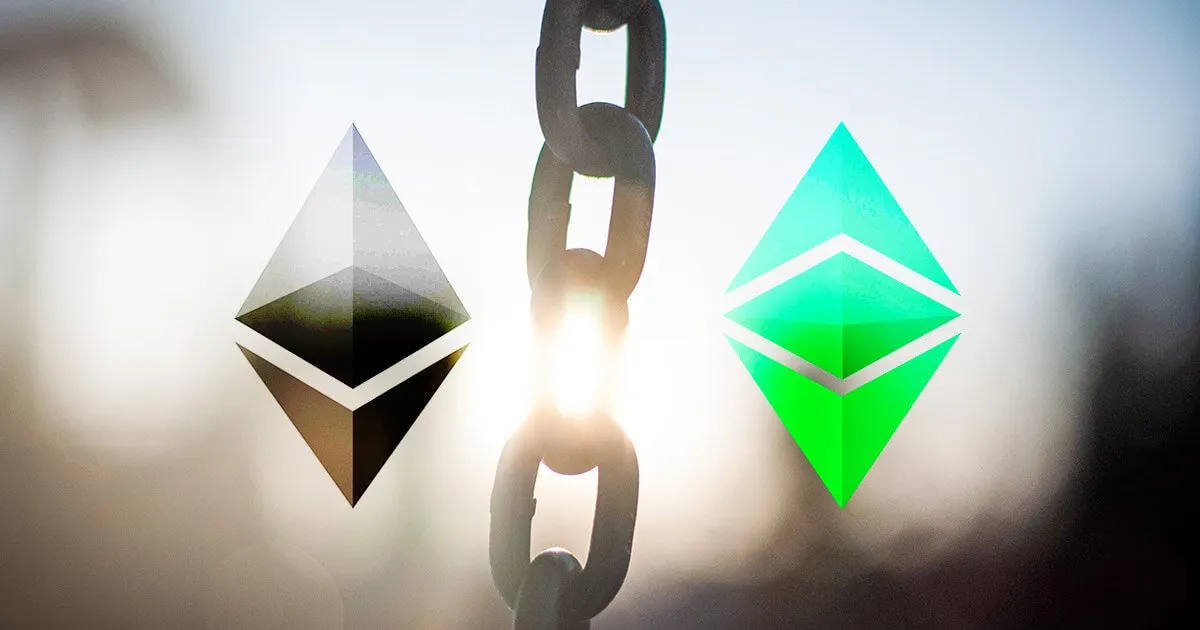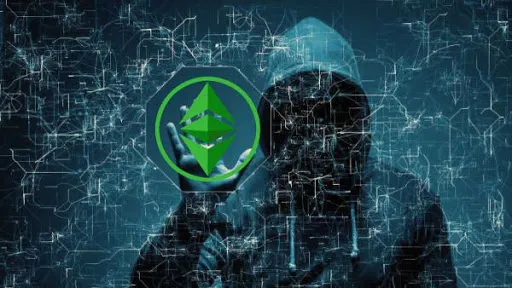
The amount of computing work required to accomplish particular operations on the Ethereum blockchain is measured in gas. The name itself was not picked at random. Similarly, to how gasoline fuels a car and allows it to drive, gas fuels transactions on the Ethereum network and allows them to execute various functions. Every action on the Ethereum blockchain, or more specifically, on the Ethereum Virtual Machine (EVM), has a gas cost associated with it. For example, adding 2 digits’ costs 3 gas, retrieving an account balance costs 400 gas, and submitting a transaction costs 21,000 gas.
Smart contracts are generally made up of several procedures that might cost hundreds of thousands of Dollars in gas. What's noteworthy is that the price of gas alone doesn't inform us how much we'll have to spend for a certain transaction. To figure out the transaction charge, multiply the gas cost by the gas price. The price of gas is expressed in Gwei, which is a smaller unit than Ether, with 1 Gwei equaling 0.000000001 ETH. It's similar to Dollars and Cents.
Let's pretend we want to send a basic Ethereum transaction and the price of ETH is $1,800. Most popular Ethereum wallets, such as Metamask, estimate required gas costs and give us the option of choosing between quick, medium, or slow transaction confirmation speeds. Assume the wallet estimates the gas price to be 100 Gwei if we want our transaction to be verified within the next minute. We can now easily determine that such a transaction will cost $3.65. We multiply the transaction cost in gas (21,000 gas) by the gas price in Gwei (100 Gwei). This is the same as 2,100,000 Gwei, or 0.0021 ETH. This provides us $3.65 at the current ETH price of $1,742.

It's important noting that gas is an abstract unit that only exists within the EVM, and that the user always pays in ETH for their transactions. The major reason for having a distinct unit for measuring computing work is to keep it independent of the price of ETH. As a result, an increase in the price of ETH should have no effect on transaction costs. If network activity remains constant as the price rises, the gas price should fall, resulting in the ultimate transaction cost measured in ETH remaining constant in Dollar value. To put it another way, a gain in the price of ETH is frequently associated with an increase in activity on the Ethereum network, which raises the cost of transaction.
Let's have a look at how an increase in network activity affects transaction costs. To begin, the mempool receives all transactions made to the Ethereum network. This is where all pending transactions are stored until they are picked up by miners and included in the next Ethereum block. Miners are rewarded for picking up transactions with the highest gas price first since they are performing a fixed unit of work for a higher payment. The number of transactions that a miner can include in a single block is likewise limited. The maximum gas limit per block determines this. This restriction is set at 15 million gas at the time of writing this article.
Let's pretend there are just basic ETH transactions in the mempool, each of which costs 21,000 gas. A miner may store 714 transactions (15 million/21 thousand). If the mempool has 1,000 waiting transactions, the miner will choose transactions by ranking all pending transactions by gas price and selecting the 714 most lucrative ones. The current pricing model is based on a basic auction process, in which users who want their transaction to be picked up by miners must first outbid other users for block space. As a result, gas prices rise, especially at times when a large number of customers need to confirm urgent transactions.
To complete the gas explanation, it is also necessary to comprehend why gas exists in the first place. Because EVM is a Turing-complete computer, it can run any arbitrary code. Although this is one of the most powerful aspects of Ethereum, it also renders it subject to the stopping problem. The halting problem is the task of deciding whether a computer program will complete running or continue to run indefinitely based on a description of the program and an input. Without gas, a user might run a program that never ends, either because of a coding error or because they are malicious. To avoid this, Ethereum included a gas cost for each operation, preventing a program from running indefinitely and bringing the entire network to a stop. Aside from the gas price, each transaction has a gas limit that must be equal to or greater than the estimated amount of calculation required to complete the transaction successfully. Before completing each operation within a transaction, EVM checks to see whether there is enough gas remaining. If there isn't enough gas, the transaction is rolled back with a "out of gas" exception and all state modifications are undone. Even if the transaction fails, the user will still pay the transaction fee for the amount of labor done by the miner. Again, this is to prevent network assaults. If the transaction uses less gas than expected, the difference is converted to ETH and returned to the sender. It's also critical that all Ethereum activities have the right gas cost in respect to one another; otherwise, another attack vector might emerge. In 2016, one of these assaults occurred, resulting in a hard fork that reprioritized some low-level processes. The Ethereum network is as active as ever, with record volumes on decentralized exchanges, the greatest total value locked on DeFi lending platforms, various yield farming possibilities accessible, and the minting of more and more NFTs. Because of its popularity, block space is in high demand, resulting in high transaction costs. It's fairly unusual to spend more than $10 for an ERC20 transaction or $50 for a Uniswap transaction these days. Of course, this isn't ideal because it makes it extremely difficult for smaller firms to join the Ethereum ecosystem. Fortunately, there are a number of options that are either now accessible or in the works. Let's have a look at some of the more significant ones.

Layer 2 scaling refers to a group of technologies that help expand the capabilities of Ethereum's main chain Layer 1 by processing transactions off-chain. Layer 2 solutions can significantly lower transaction costs in addition to boosting transaction speed and throughput. Loopring is an example of a decentralized exchange based on Layer 2 that is growing in popularity. The exchange just reached $200 million in total value locked and daily trading activity of over $10 million. Matic, who was recently renamed as Polygon, also surpassed $200 million in TVL on its Plasma POS chain. Optimism, a more general-purpose approach based on optimistic rollups, is also being released. This is significant because it will allow DeFi smart contracts to communicate with one another in the same manner that Layer 1 smart contracts do. Direct onboarding to Layer 2 is one of the missing components that may help Layer 2 solutions gain even more traction. Users would be able to move their ETH directly from an exchange to a Layer 2 service like Loopring, perhaps lowering transaction costs even further. Aside from Layer 2 scalability, Eth2, which offers sharding and Proof-Of-Stake, is another approach that can reduce transaction costs in the long term.
Reference: https://www.publish0x.com/thecryptoblog2/ethereum-gas-explained-xnxlwkq
🚨This blog belongs to the following author, please visit his page to thank his content.